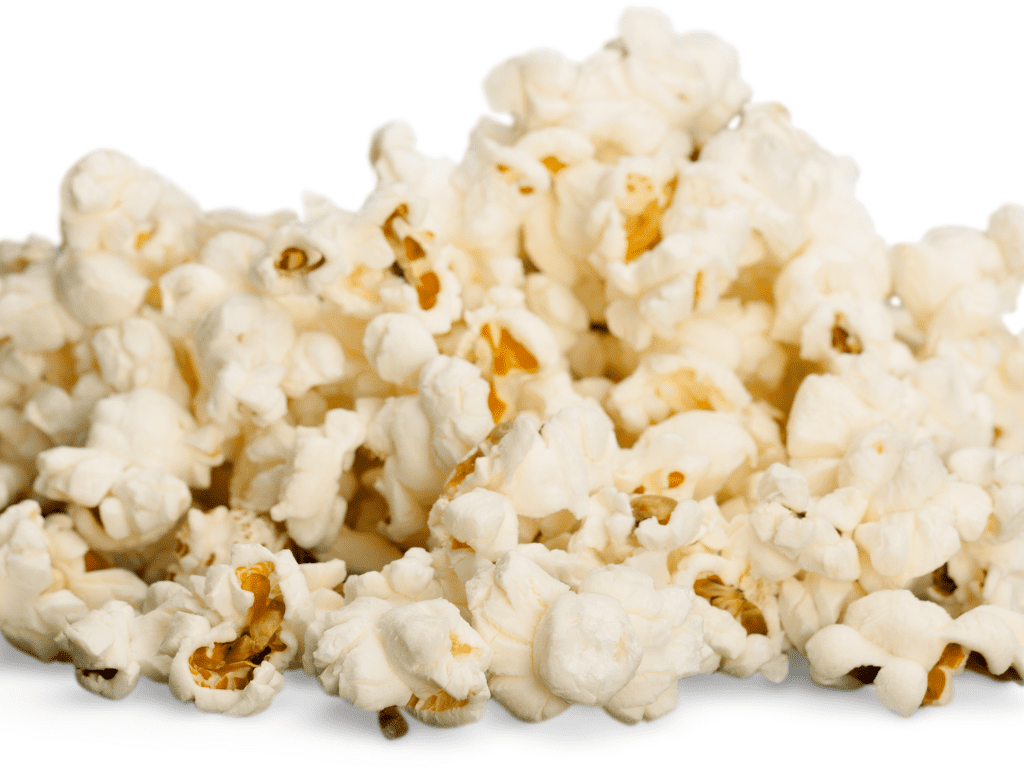
The birthplace of vanilla, Mexico produces some of the world’s finest vanilla beans. But there is often a lot of confusion about Mexican vanilla extracts. Let’s untangle them.
All vanilla beans derive their quality not from the region where they are grown, but from their methods of cultivation, harvest, and curing.
Yes, there are subtle flavor differences in beans from different regions. But as with wine, distinguishing those differences, and describing them, requires a keenly developed palette.
Most wine drinkers can taste the difference between wine made from two different varieties of grapes, say a Cabernet from a Zinfandel. But very few can accurately distinguish the difference between a Cabernet from California and one from France, if both are of equal quality.
Similarly, most people can tell the difference between the two primary varieties of vanilla, Tahitian and Planifolia (the variety grown in Madagascar, Mexico). But it is quite rare to be able to discern any difference between vanilla extracts of the same quality from Madagascar and Mexico because both countries grow the same variety of bean, Planifolia.
So why do so many people love Mexican vanilla extract and indeed go out of their way to buy it? Clearly there’s something different about Mexican vanilla extract!
THE PARADOX OF VANILLA
To understand why, we have to look at the price of vanilla extract, and U.S. food safety and labeling standards.
What many people don’t know is that in the countries where vanilla is grown, the average person cannot afford to buy it. This has been especially true in the last three years, as bean prices have broken records.
Grown from an orchid, vanilla beans are one of the world’s most difficult crops to cultivate. After harvest, the beans require an arduous and tricky nine-month process of sun drying to cure properly. Vanilla simply does not lend itself to mechanization or other methods of mass production. From start to finish, vanilla beans are produced by hand. This method is feasible only in poor countries where wages are low. As a result, in countries where vanilla is grown, the average person simply cannot afford to spend $10 on a bottle of vanilla extract.
Artificial vanilla extract is affordable, and is the vanilla extract predominantly sold in countries that produce vanilla beans. This is the paradox of vanilla’s hand-crafted production.
That’s why in Mexico, even though the country grows very fine beans, artificial vanillas dominate the market.
FOOD SAFETY AND LABELING STANDARDS
These artificial vanillas, however, are often quite different from those found in the United States. That’s because the FDA’s stringent manufacturing protocols and labeling standards simply do not exist in Mexico.
These standards play a big role in artificial vanillas. One of the components of artificial vanilla that is most pleasing to the taste is Coumarin, a naturally occurring aromatic compound. Coumarin was often added to artificial vanillas for its sweet, buttery taste. For more information on artificial vanillas, see our article, Everything You Need to Know About Vanillin.
But in the mid 20th century, studies found Coumarin produces liver and lung cancer in mice. The FDA in banned Coumarin in 1954.
However, Mexico never outlawed Coumarin. It remains a major component of artificial vanilla flavorings produced and sold in Mexico. This flavoring component is what produces the recognizable taste that U.S. consumers have come to identify with Mexican vanilla.
Mexican food labeling laws are also much more lax. False or misleading claims on food labels are common, and so many vanillas labeled as pure extract in fact are artificial.
To ensure that you are buying high quality extracts, choose a company that has transparent business practices and consistent quality standards.
At Cooks, we are a family business celebrating our 100th anniversary this year, passing down the art of making vanilla to our fourth generation. We have always based our business on producing the highest quality vanilla, using slow, cold extractions. Cook’s always strives to meet the highest ethical and safety standards both for our customers and for the farmers who grow our beans. We would never sacrifice our craft or our reputation for short-term gain.
After a century in business, we plan to be here for another century! If you have any questions, please call. We love to talk vanilla.
Can I use Mexican vanilla instead of vanilla extract?
Absolutely! Mexican vanilla is a different variety of vanilla and can be used interchangeably with regular vanilla extract. Just keep in mind that Mexican vanilla extract may have a slightly different flavor depending on the origin of the beans. And if you’re making a recipe that calls for only vanilla, the ratio is usually fewer beans to water or alcohol than it would be for extract. I thought Mexican vanilla was too strong. Where can I read more about your product and how it has impacted my cooking?
Can you tell the difference between the two?
The main difference is that Mexican vanilla has a more complex aroma. It also has a slightly earthier taste than regular extracts, which tend to be more sweet and creamy in flavor. Mexican vanilla is also more expensive, but most stores now have a good selection of it in their baking aisle.
Mexican vanilla extract is a sweeter and more complex flavored than the regular extracts available in the US. It’s also less sweet and less concentrated than the regular extracts you can buy. However, since Mexican vanilla is not as strong, it’s easy to add when you are making something that calls for vanilla extract.
Is Mexican vanilla better than synthetic flavors? The artificial vanilla used in processors like McCormick, for instance, and Mexican vanilla often comes from Madagascar and other parts of the world where growing beans is difficult or impossible due to climate conditions.
What happens if I put it in my baked goods instead of regular extract?
Mexican Vanilla will provide richer flavors overall, with blends leaning towards the sweeter side of desserts rather than something on the bitter side. It will also have a longer shelf life than regular extract, so you’ll be able to use it more often.
But if a recipe calls for only vanilla extract, you may need to use less of one. The ratio is usually different for Mexican vanilla; it’s 1:1 or 2:1 beans to alcohol rather than the 1:3 or 1:4 that’s usual for extracts. Additionally, there are some recipes that call for only vanilla beans, using a mixture of beans and alcohol. In these cases you can substitute one bean per part with Mexican vanilla.
Is vanilla blend the same as extract?
Vanilla extract is a combination of vanilla beans and alcohol. The more vanilla that is used and the longer it’s left to interact with the beans, the stronger the flavor will be. Vanilla extract is a true extract, as opposed to imitation products; most brands use alcohol made from grain such as corn. However, if you want to avoid additives, stick with single ingredient vanilla extracts instead of blends.
Is Mexican vanilla stronger than regular vanilla?
No, not as strong. Because of their variety, Mexican vanilla beans are less aromatic and their taste is more complex. The difference isn’t huge, however; the flavor of Mexican vanilla is strongest when added at a ratio closer to the 1:1 ratio used for extracts than to the 1:4 or 2:1 ratio used for extracts and regular beans.
Is all vanilla the same? Is Mexican vanilla better?
Some people feel that because Mexican vanilla is made from a variety of ingredients and methods can vary in intensity. In general, Mexican vanilla is more complex and aromatic, rather than sweet and creamy, which are the characteristics you get from some American varieties. Your preference will depend on whether you prefer a more sensitive flavor or something bolder.
Is Mexican vanilla real vanilla?
Yes, because we use the same pods. The difference is that Mexican vanillas have a variety of aroma and flavor notes, which give them an earthier taste.
What’s the difference between Mexican vanilla extract and plain vanilla extract?
Mexican vanilla takes longer to make because it involves more steps than regular extracts, which contain alcohol and imitation vanilla. Mexican Vanilla has a more complex flavor than plain extracts, but if you want the best possible flavor for any dish you can substitute two vanilla beans in place of one bean of regular extract.
Hello, thanks for your questions, I can explain the difference between Mexican vanilla and regular vanilla extract. According to my knowledge, Mexican vanilla is made of different ingredients than the famous one. Mexican vanilla beans are less aromatic and their taste is more complex. The flavor of Mexican vanilla is stronger when they are added at a ratio closer to the 1:1 ratio used for extracts than to the 1:4 or 2:1 ratio used for extracts and regular beans.













